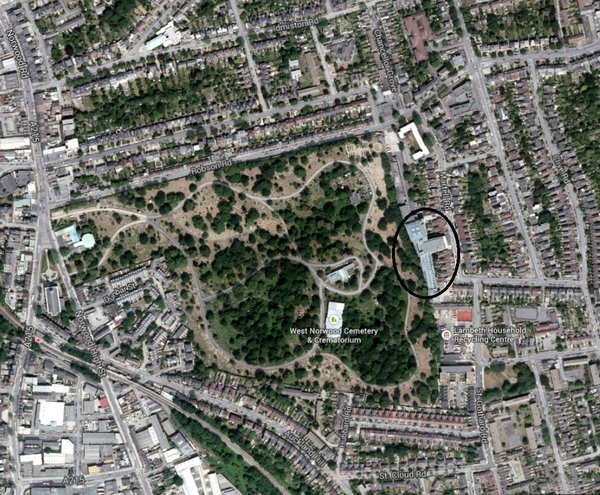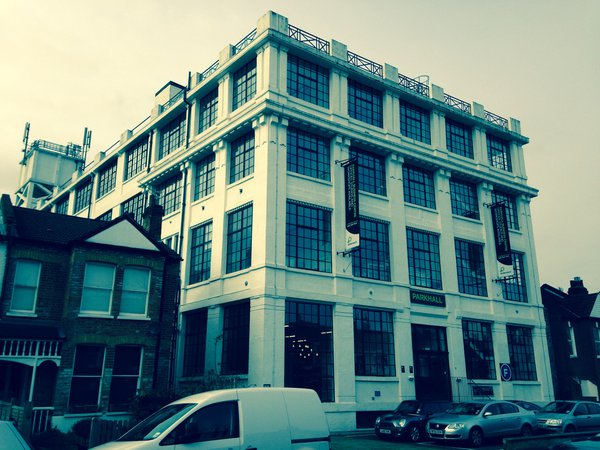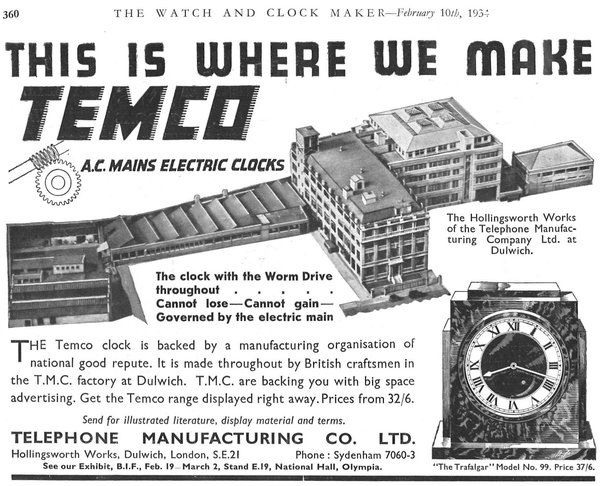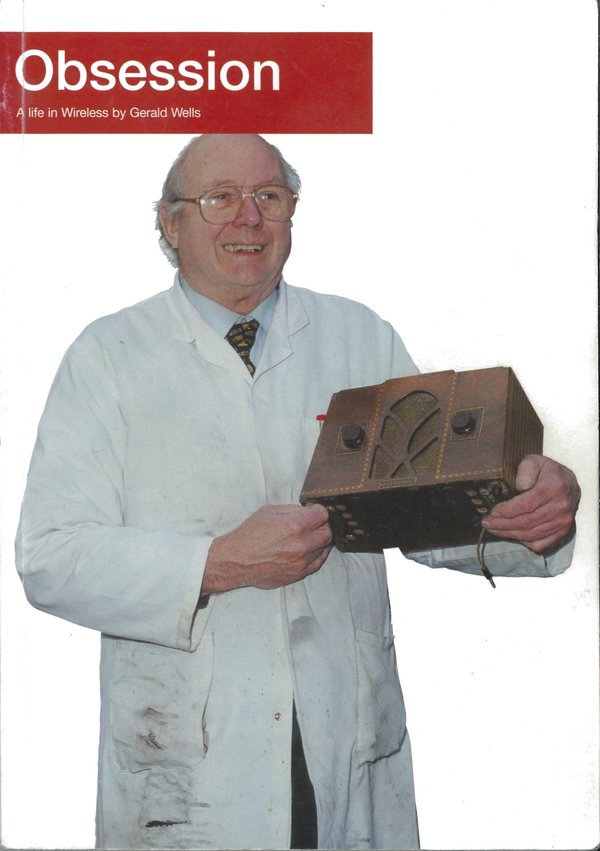Graveyards, clocks and bombs
This post was written by James Nye
Things end up in graveyards at the end of their lives, but monuments to the passing of much else can be found in other locations.
I live in West Norwood, home to one of the ‘magnificent seven’ London cemeteries.

On its eastern boundary lies the Park Hall Business Centre. This thriving modern enterprise occupies the former Hollingsworth Works of the Telephone Manufacturing Company (TMC).
This firm did just what its name suggests, but was also a prolific maker of industrial timekeeping systems, rented out under the name Telephone Rentals. TMC’s ‘TEMCO’ synchronous clocks are featured in the latest NAWCC bulletin.


TMC occupied the Dulwich site from the early 1920s, employing a large local workforce—1,600 by 1937. Workers from the other side of Norwood Road used to talk of ‘walking the wall’ to work, following the long cemetery flank wall, down Robson Road.

Involved in contemporary ‘hi-tech’, the factory was a natural wartime target—Gerald Wells’ extraordinary autobiography describes twenty-seven bombs falling on the cemetery, targeting TMC, but then the Luftwaffe became:
‘fed up with wasting bombs on Norwood Cemetery so they decided to get the TMC factory by lowering a large naval magnetic mine on a parachute over the building. My sister Margaret watched it come down from an upstairs window […] it knocked seven colours of s*** out of our little Congregational Church’ ( click for a bombsight map —work in progress).
So Hollingsworth Works survived, and TMC/TR had a more successful post-war life than many clock-related concerns.

You can learn much more about the company’s life and products from a superb paper by Derek Bird—these technical papers are a feature of EHG membership. Why not e-mail me to get on board? And put 7 September 2014 in your diaries—part of Lambeth History Month—when The Clockworks will offer a special locally-themed event, featuring TMC.